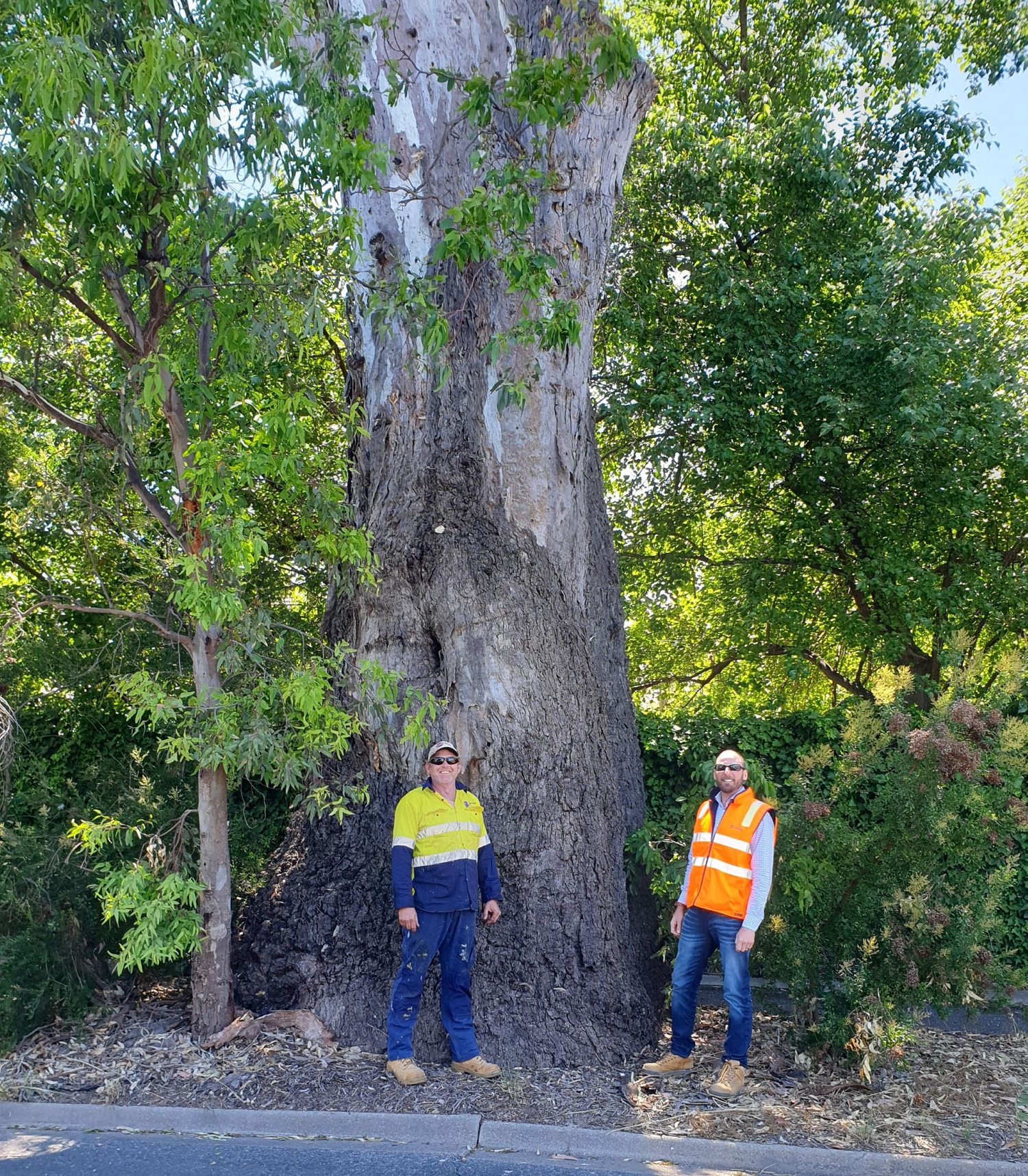Because pipes can only last for so long in their original condition before damage from tree roots, change in weather, or from accidents occurring, you must maintain your pipe. Now, as much as the idea of getting new lines once the old one nears the end of its useful life, there are more more effective ways to handle damaged pipes that will save you money.
One of these ways is the cured in place (CIPP) trenchless pipe relining. This method has been available for over 40 years now, but it’s still an unknown alternative to pipe replacement. Just as the name implies, trenchless pipe relining involves relining the pipes’ interior thus creating a new pipe within an existing one. This simple act of pipe relining can extend a previously damaged pipe’s life by 50 years plus. In this article, we will highlight some of the advantages of pipe relining.
Because traditional pipe replacement incurs more time, money, and damage to your structure or property, trenchless pipe relining is the best solution for fixing damaged pipes. Here are some of its advantages;
- Cost-efficient: This is a giveaway as Trenchless pipe lining is much easier on the wallet than traditional pipe replacements could ever be. How? It’s simple. The cumulative cost of hiring a team of plumbers with their heavy-duty machinery to excavate and remove the damaged pipes, plus that of purchasing a new one and later paying for its installation, is much greater than that of hiring a team to reline your pipes.
- Time-efficient: Trenchless pipe relining takes up way less time than a traditional pipe replacement ever could. The process is pretty swift, straightforward, and can be scheduled to your convenience.
- Less damage: Trenchless pipe relining involves digging a single access hole of about a square meter. This hole causes little or no damage to your landscape instead of the traditional replacement method, which will require heavy-duty digging that can ruin infrastructure such as roads, footpaths, landscaping, driveways or other underground infrastructure.
- Durability: By employing trenchless pipe relining, depending on the product used, you can gain an extension of the assets useful life for five decades. Hence, this solution is practical for the long term.
Because some products and methods can be used for trenchless pipe relining, South Australia’s most reputable pipeline and plumbing service provider, PPS, has risen to the task. The company employs the Renoflo CIPP Relining method for pipe relining. This method involves using a hydro-static head to invert a resin-impregnated, flexible tube into the existing conduit, which is then structurally cured-in-place (CIPP). It’s the world’s most innovative trenchless method, and with PPS, you can get this for your pipes.
Conclusion
With pipe damages being inevitable, innovative methods for repairs have to be considered. One of these methods is the Trenchless Pipe Relining method, which offers several advantages. The relining process is more cost-efficient, less time consuming and causes less landscape damage while providing five decades of longevity and functionality instead of the traditional pipeline replacement method. Luckily, PPS employs this method when performing pipe line rehabilitation.





